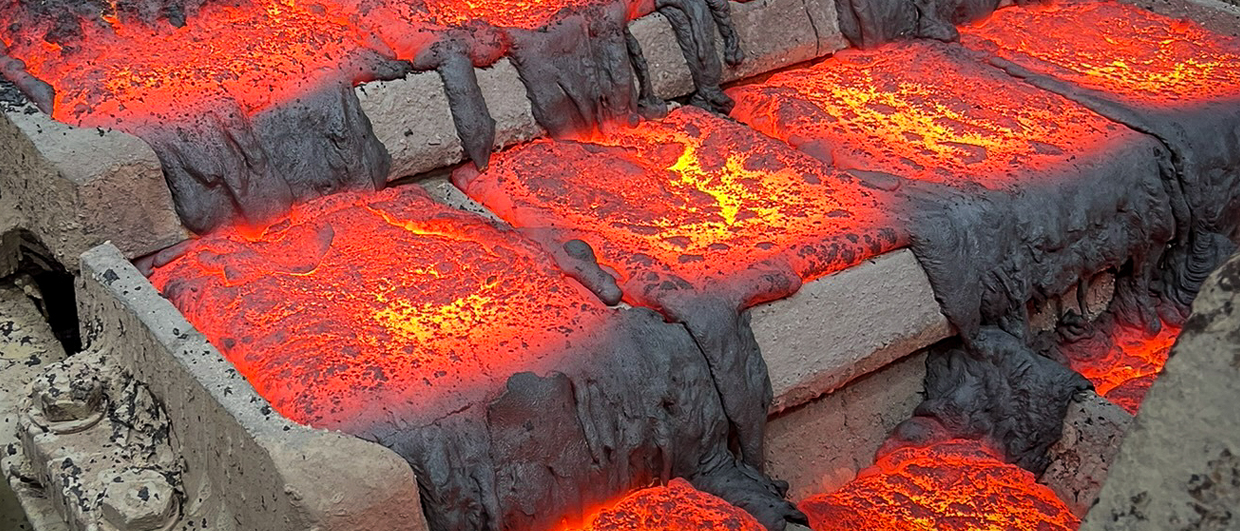Frustrated by delays at the International Seabed Authority (ISA), the UN-affiliated body regulating mining in international waters, TMC is making a daring move. In Q2 2025, the Canadian company plans to instead apply for permits under the U.S. Deep Seabed Hard Mineral Resources Act (DSHMRA) of 1980, side-stepping the ISA’s stalled process.
This shift aims to accelerate commercial mining of polymetallic nodules in the Clarion-Clipperton Zone (CCZ) in the Pacific Ocean. The DSHMRA, passed by the US Congress in 1980, and regulated by the National Oceanic and Atmospheric Administration (NOAA), enables exploration and commercial recovery of deep-sea minerals in the high seas.
TMC’s urgency isn’t new. For years, the company has worked with the ISA, investing half a billion dollars and partnering with developing states like Nauru – the first to sponsor an ISA contract in 2011.
CEO Gerard Barron recently concluded that “After 16 years of engaging with the Authority in good faith, we are increasingly concerned that the ISA may not adopt the Exploitation Regulations in a timely manner.”
Despite TMC’s efforts – 22 environmental campaigns and successful nodule collection and processing tests – the ISA failed to deliver a Mining Code, even after Nauru’s 2021 two-year notice. For Barron, this stalls not just the company, but the aspirations of sponsoring nations, including Tonga and Kiribati.
Under the United Nations Convention on the Law of the Sea (UNCLOS), the ISA governs the “Area” – the seabed beyond national jurisdiction. Most nations recognize its authority, but the US, a non-signatory, doesn’t, creating a legal gray area TMC hopes to leverage.
This challenges the international framework, particularly ISA’s role as the perceived sole regulator of the Area. Barron, however, argued: “The ISA does not have an exclusive mandate to regulate seabed mining activities in the Area”, arguing it’s drifted from its dual mission to both regulate and enable mining.
Before taking the helm in January, newly elected Secretary-General at ISA Leticia Carvalho, recognized that the work towards a mining code may still require years. Nevertheless, without ISA approval, mining could be seen as unregulated or even illegal by UNCLOS signatories. Enforcement, however, is weak, and US domestic law might shield the company.
Yet the risks are real. Environmentalists, already weary of deep-sea mining’s potential impact on fragile ecosystems, may intensify opposition to this apparent bypass of ISA oversight. Global markets or governments could also reject TMC’s metals as “illegally sourced,” denting profitability despite US backing.
At the same time, success could set a precedent, tempting US-based firms or others frustrated by ISA delays, although most competitors are tied to UNCLOS nations.
TMC’s manoeuvre highlights a tension between national interests and global governance. The US path offers speed, potentially bringing TMC to market in a couple of years. The ISA path, though slower, offers broader legitimacy—which could be vital for long-term acceptance of its metals.
What’s TMC’s true aim? Is this a hasty leap to kickstart mining or a calculated push to pressure the ISA? Its statements suggest the former, but one can’t rule out that it is a bid to force the Authority into action to maintain its grip.
Either way, this dual-track approach could hasten TMC’s path to production while shaking up international seabed governance. The future of deep-sea mining beyond national waters hangs in the balance.
Now it’s your move, ISA.



